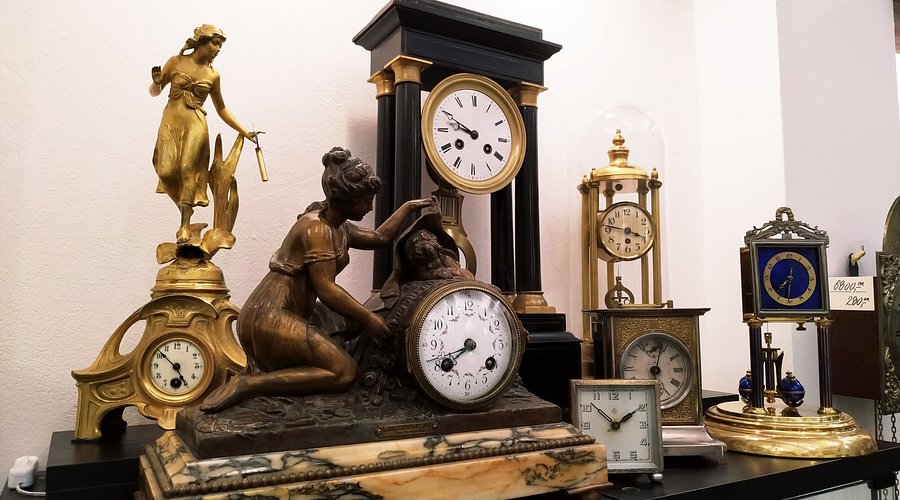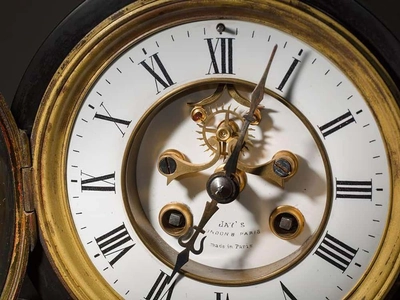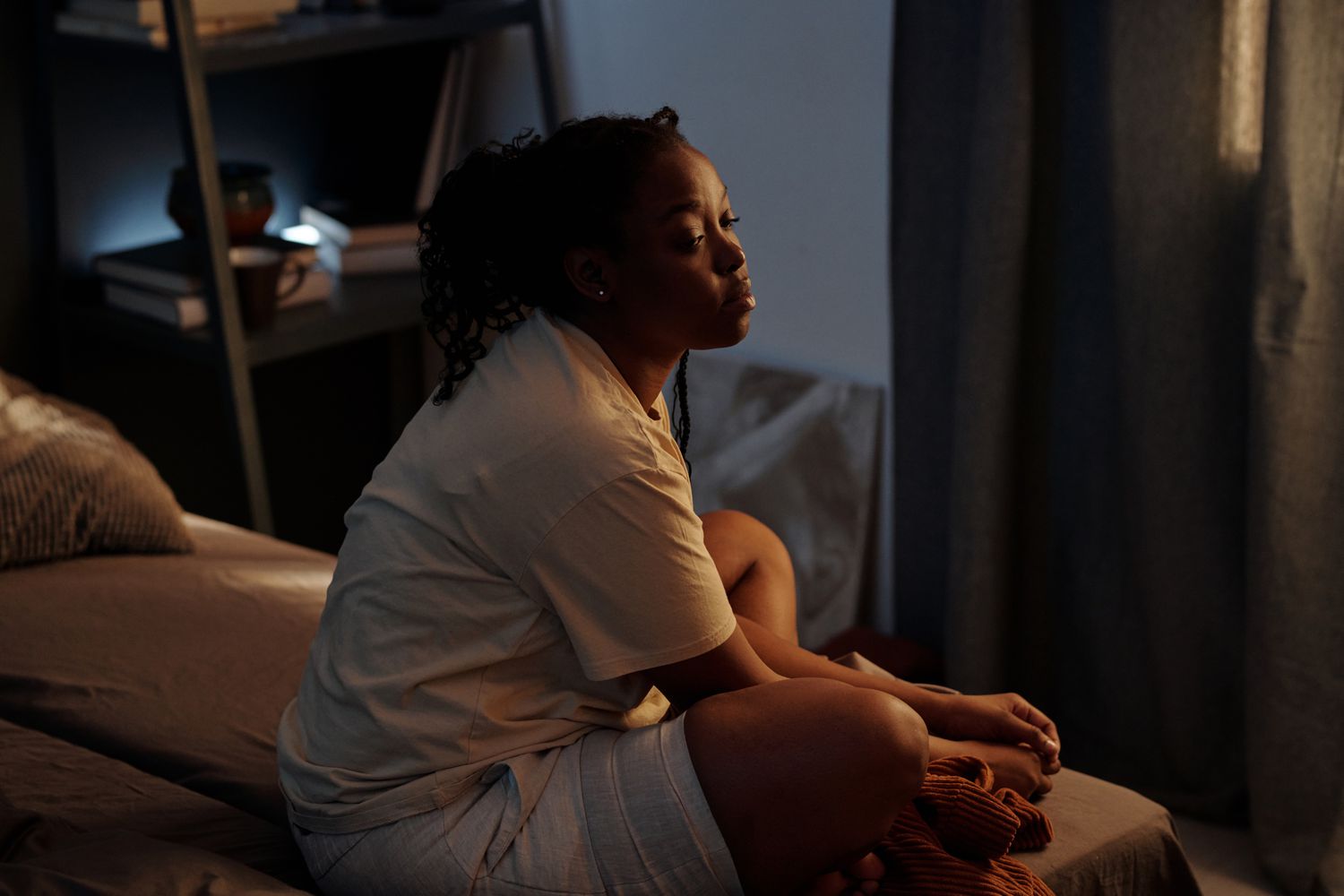What Does a Backwards-Running Watch From a Deceased Loved One Really Mean? The Chilling Truth Behind Grief, Objects, and Counting Down to Zero
Time moves forward for most people. But for the grieving, time can break, stutter, even run backwards. A wristwatch ticking in reverse isn’t just a malfunction—it’s a message, a metaphor, and sometimes, a terrifying countdown that burrows under your skin.
When Objects Become Oracles: The Power of Symbolism in Grief
After loss, ordinary objects become anything but. That watch in the drawer stops just being a watch—it’s a remnant of a heartbeat, a memory you can touch. Psychologists say that those left behind often assign deep, sometimes irrational significance to things left by those who’ve died. That’s not superstition. It’s the mind’s desperate attempt to hold on, to seek signs where logic insists there are none.
Broken clocks, in particular, haunt many grieving people. They ask, “Is this a message?” A warning? A reminder that, for some, time ended when their loved one’s did? When a watch starts running backwards—or appears to count down rather than up—it can quickly become a powerful symbol of the bewildering, upside-down world of loss.
Time As Both Enemy and Healer

There’s a harsh reality about time when you’re grieving: it’s both what you need most and what you fear. The passage of days promises healing, yet every tick is another moment further from the last hug, the last conversation. When time feels broken—like with a backwards-running watch—it validates the experience that things will never go back to the way they were.
The Psychology of Countdown Anxiety
Human brains are wired to obsess over countdowns—just ask anyone who’s watched the clock run out in a close game. But when grief chimes in, that anxiety intensifies. A clock counting down days and hours doesn’t just feel ominous; it triggers a primitive part of our mind that expects something catastrophic to happen when zero hits. Experts call this “countdown anxiety”—it’s tied to our need for answers and our fear of the unknown. In the context of loss, this can spiral. What happens when the countdown ends? Will it bring closure, another loss, or just more silence?
The Stories We Tell Ourselves: Coping or Curse?
Assigning meaning to broken things—like that backwards clock—isn’t just about fear. It’s about survival. Creating a story, even a scary one, gives order to chaos. It helps make sense of the senseless. But there’s a risk: the more power we give these symbols, the harder it can be to move forward.
Is Meaning-Making Helpful—Or Harmful?

The viral Facebook post about the backwards watch isn’t just creepy—it strikes at something universal. Everyone with a broken heart has wished for a sign, has wondered if objects are trying to tell them something. Is it healthy? Many grief counselors say it is, up to a point. The problem comes when the object’s meaning grows too big—when the countdown becomes an obsession, overshadowing everyday life. If a clock counting backwards controls you, it’s time to talk about it, to confront the fears head-on.
What To Do If You’re Haunted By a Backwards Clock
- Talk about it: The fear is almost always worse in silence. Share with friends or a professional.
- Write the story: Sometimes scanning your feelings about the object can take away its power—it’s just a watch, after all.
- Create a ritual: If the countdown scares you, create your own ending. Mark the day with a memory, a letter, or by giving the watch a new resting place.
The Ultimate Message of the Backwards Clock
Maybe the real warning isn’t supernatural. Maybe it’s about letting go—or daring to imagine that time, though broken by grief, can start running forward once again. Because while we can’t rewind what was lost, we can choose how we move through what remains.
So, when the clock hits zero, remember: the story of grief isn’t about endings. It’s about how we learn to live, love, and measure our days—all over again.










